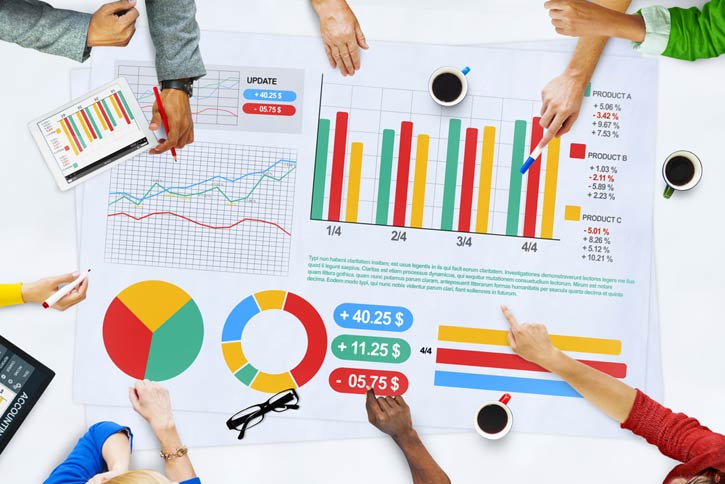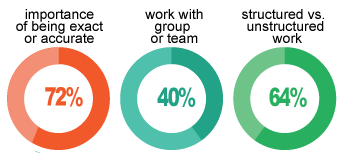
The Basics of Becoming a Statistician/Research Analyst
Are you investigating how to become a Statistician / Research Analyst and want to know more about the career? The main job of a Statistician, also referred to as Research Analyst, is to use mathematical and statistical methods to analyze data. Statisticians and Research Analysts design experiments and surveys to collect data and identify relationships and trends in data. They use a variety of statistical software to analyze data. Statisticians/Research Analysts report conclusions from their analysis using charts, tables and graphs. They use statistical modeling to help solve problems in economics, engineering, or the sciences. They may work in variety of fields, including education and government.
According to the Bureau of Labor Statistics, some entry-level Statistician/Research Analyst jobs only require a bachelor’s degree in statistics. However, most jobs require a master’s degree in statistics or mathematics. Academic and research jobs usually require a Ph.D.
A Statistician/Research Analyst's Salary Potential
- Lowest 10th%
$52,690 - Median
$91,160 - Highest 90th%
$146,770
States with the Highest Employment Levels
| STATES | 2019 ANNUAL MEAN WAGE | NUMBER OF JOBS |
|---|---|---|
| California | $110,240 | 4,930 |
| Pennsylvania | $89,150 | 3,430 |
| Massachusetts | $119,620 | 3,080 |
| Maryland | $108,660 | 3,020 |
| Texas | $87,510 | 1,940 |
How Do Your Skills Stack Up?

As reported by O*NET, these traits are ranked as either extremely or very important to the day to day life of a Statistician/Research Analyst.
What You Will Learn With a Data Analytics or Statistics Degree?
Is a bachelor’s degree in data analytics on your radar? Schools that offer undergraduate degrees in data analytics may offer courses like these:
- Calculus
- Statistics
- Data Mining
- Database Design & Management
- Structured Query Language
Interested in all things data? A bachelor’s degree in data analytics or statistics could help you understand data in relation to fields like business, computational analytics, or biomedical informatics. Besides exploring the professional applications for data analytics, coursework usually covers skill sets such as designing a database, data mining, and even software development. Other important classes include basic math and business principles, like calculus, statistics, management science, marketing, and more. Courses in consumer behavior and even social media may help you discover sources for data and business insight.
Who Are Some Creative People to Watch in the Research Industry?
The American Statistical Association maintains a list of prominent Statisticians from around the world. These are people who have helped shape today's statistical sciences, here are a few of the people they named:
- W. Edwards Deming—A pioneer of quality control and best known for his work in post-World War II Japan.
- Florence Nightingale—One of the first people to collect statistics on health policy. She also was a pioneer for women research analysts.
- Janet Norwood—Norwood was the first woman commissioner of the U.S. Bureau of Labor Statistics.
- John Tukey—Applied mathematical and theoretical statistics to a variety of scientific and engineering disciplines and credited with coining the term “bit,” a contraction of “binary digit.”
FAQs About How to Become a Statistician/Research Analyst
What is the average salary for a Statistician/Research Analyst?
What are common types of software I would have to learn as a Statistician/Research Analyst?
What skills do Statisticians/Research Analysts possess?
What job titles are similar to Research Analyst?
What types of personalities are a good fit for becoming a Research Analyst?
Job information sourced from O*NET
